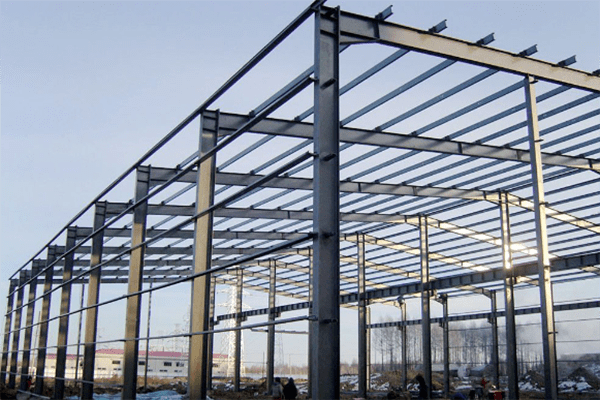In the field of architecture and construction, framed structures represent a pivotal advancement in building design, offering versatility, strength, and efficiency. But what exactly constitutes a “perfect” framed structure? This article explores the key attributes of an ideal framed structure, its benefits, and its applications in modern construction.
Understanding Framed Structures
Framed structures are buildings constructed using a framework of beams and columns to support the floors, walls, and roofs. This method contrasts with traditional load-bearing construction, where walls themselves support the weight of the building. The frame, usually made from steel or reinforced concrete, distributes loads to the foundation, allowing for more open and flexible interior spaces.
Key Attributes of a Perfect Framed Structure
- Strength and Stability: A perfect framed structure must have high structural integrity. The frame should be designed to handle various loads, including the building’s weight (dead load), the weight of occupants and furniture (live load), and environmental forces such as wind and seismic activity. Using high-quality materials and precise engineering ensures that the structure can withstand these forces without compromising safety.
- Flexibility in Design: One of the main advantages of framed structures is their design flexibility. A perfect framed structure should allow for large, open interior spaces without the need for numerous load-bearing walls. This flexibility enables architects to create innovative and functional designs that meet diverse aesthetic and functional requirements.
- Durability and Longevity: The materials used in framed structures, such as steel and reinforced concrete, are known for their durability. A perfect framed structure should use these materials effectively to ensure longevity and minimal maintenance over time. Properly treated and protected against corrosion, these materials can significantly extend the lifespan of the building.
- Efficient Construction: Speed and efficiency in construction are critical for any project. Framed structures are typically quicker to erect compared to traditional methods, as many components can be prefabricated off-site and assembled on-site. A perfectly framed structure should optimize this process to reduce construction time and labor costs.
- Sustainability: In today’s construction industry, sustainability is paramount. A perfect framed structure should incorporate sustainable practices, such as using recycled materials, optimizing energy efficiency, and reducing waste. Additionally, designing for future adaptability and potential deconstruction can further enhance the building’s environmental impact.
Benefits of Framed Structures
- Versatility: Framed structures can be adapted for various building types, including residential, commercial, and industrial applications. Their flexibility allows for a wide range of architectural styles and interior layouts.
- Open Spaces: The ability to create large, unobstructed spaces is a significant advantage of framed structures. This is particularly beneficial for commercial buildings, such as office spaces and retail stores, where open floor plans are often desired.
- Speed of Construction: Prefabrication and modular construction techniques associated with framed structures can significantly reduce construction time. This efficiency translates into cost savings and quicker project completion.
- Enhanced Safety: Properly designed and constructed framed structures offer superior safety, particularly in areas prone to earthquakes and high winds. The flexibility and strength of the frame help the building absorb and distribute forces more effectively than traditional load-bearing walls.
Applications in Modern Construction
Framed structures are prevalent in various sectors of modern construction. High-rise buildings, skyscrapers, and large commercial complexes often rely on steel frames for their strength and flexibility. Residential buildings, such as apartment complexes and modern homes, utilize framed structures to create open, adaptable living spaces. Industrial facilities, warehouses, and bridges also benefit from the robust and efficient design of framed structures.
In conclusion, a perfect framed structure embodies strength, flexibility, durability, efficient construction, and sustainability. As construction techniques and materials continue to advance, the principles of framed structures will remain central to building safe, functional, and aesthetically pleasing environments. Whether in towering skyscrapers or innovative residential designs, the perfect framed structure will continue to shape the skylines and living spaces of the future.
Post time: Aug-06-2024




